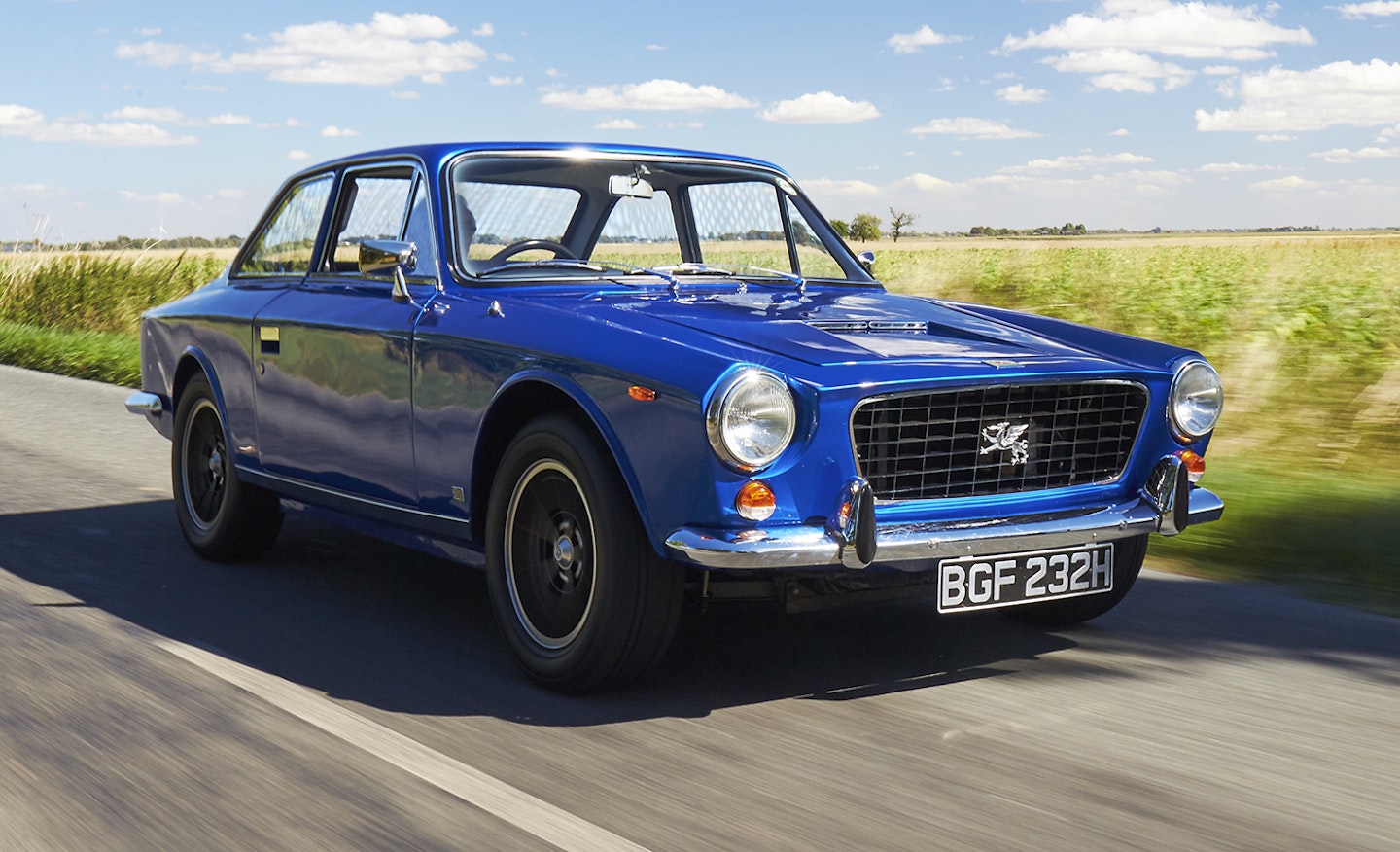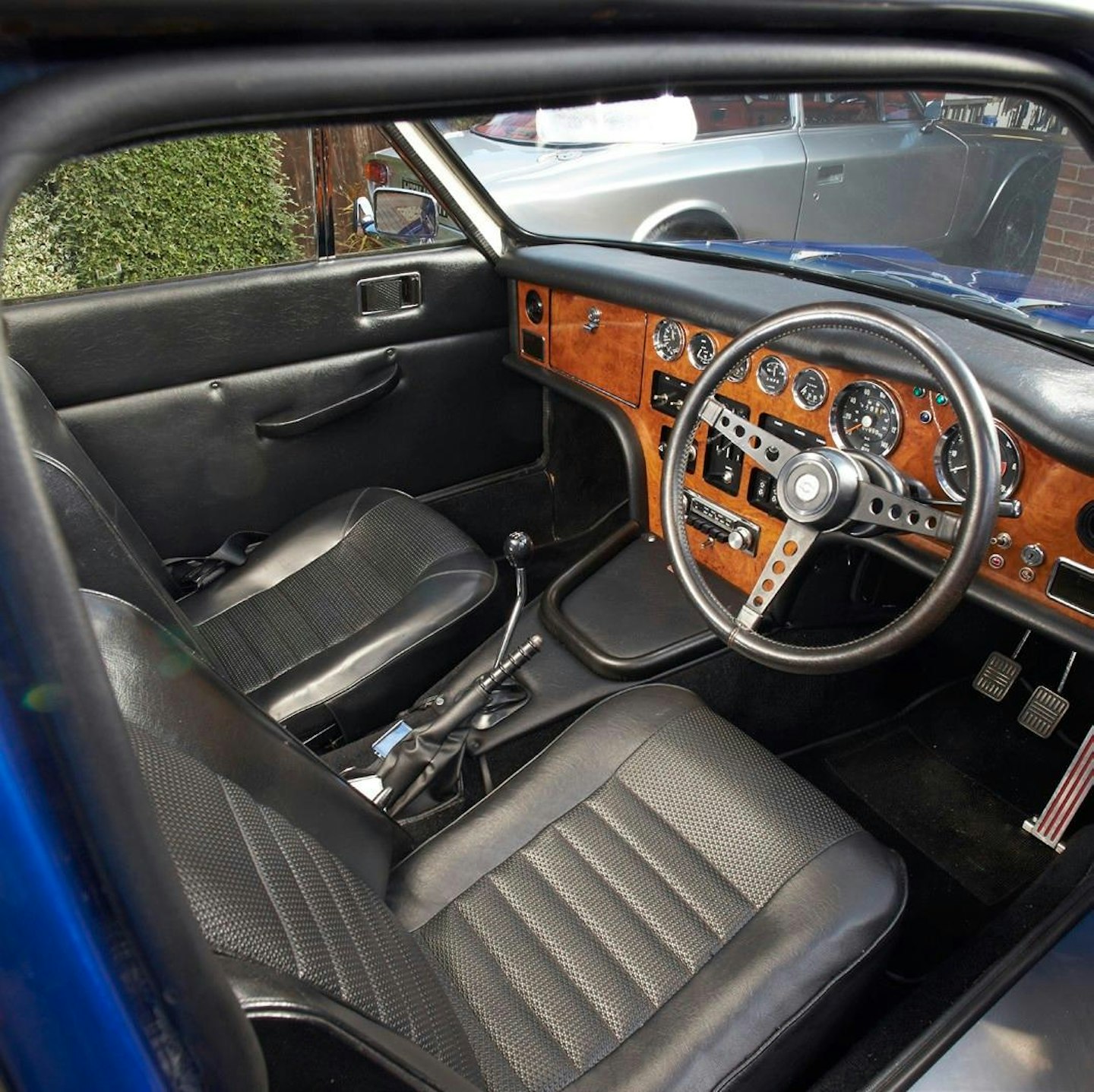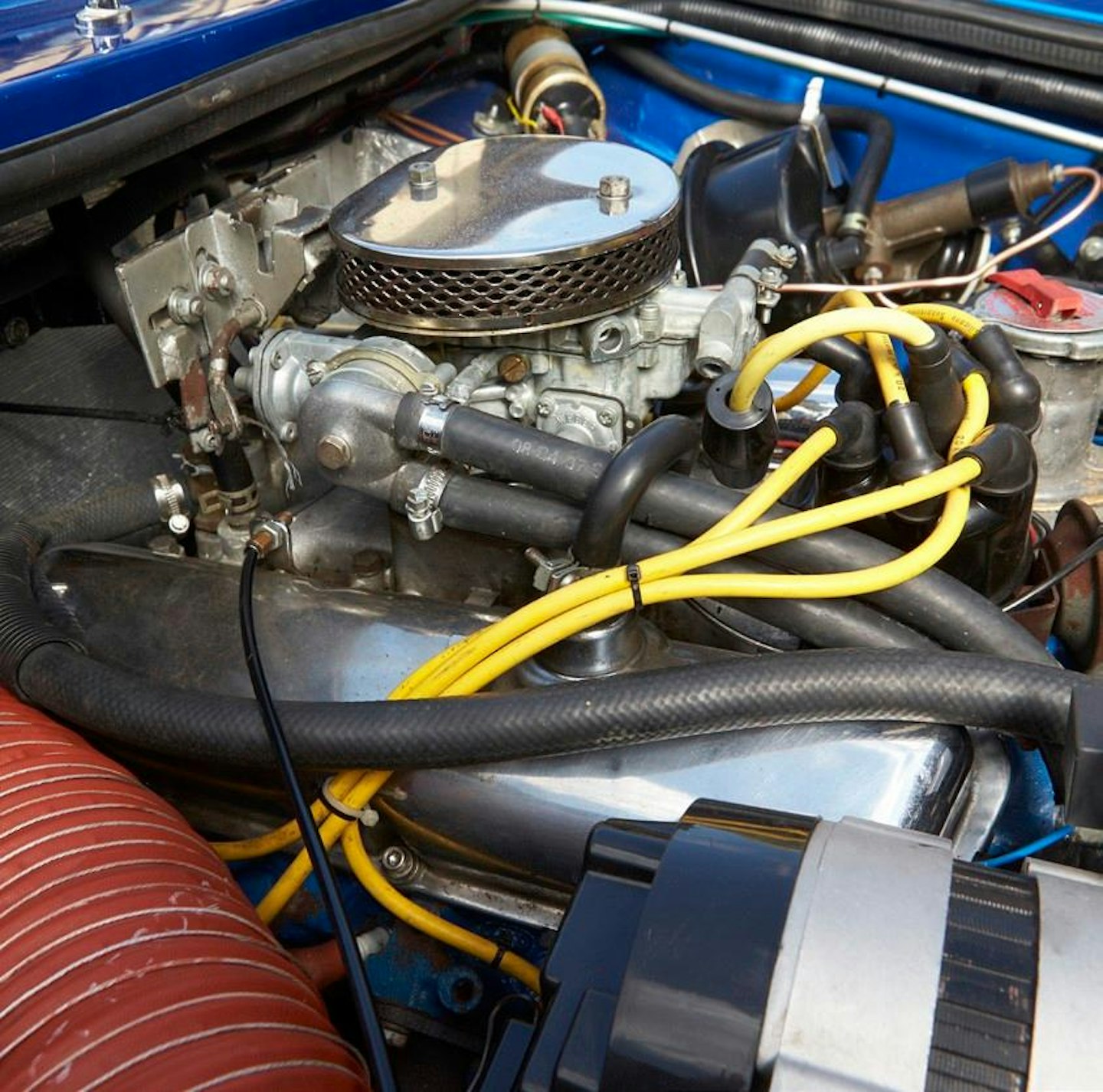Marketplace
Why this slice of fire-breathing Welsh exotica is well worth snapping up…

Given their rarity and exotic feel, it’s perhaps surprising to learn how affordable the Invader is.
What’s not surprising is how infrequently they come up for sale, so you might have to be quick!
With fewer than 500 cars known to the Gilbern Owners’ Club, they are rare curios indeed.
Projects are hard to find these days, unless you stumble over a barn find example for a grand or so. We’d be surprised though, as the club has a fair idea of where they all are! There’s a history file on pretty much every example built. About £10,000 should get you a great Invader. We saw one go at auction for £10,643 in May of this year, for instance and at the time we went to press, there was an excellent estate model for sale at £8000. Pay less than that and you can expect a little work to be required. However, you shouldn’t have too much to worry about as the club has made an astonishing effort to ensure that parts are still available.

Why you want one
With styling as good as this, it’s astonishing how so few earthlings are aware of one of the most brilliantly designed and beautifully proportioned cars ever built. Further to this, the erotically named Gilbern Invader is fantastic to drive, too. Also, it is Welsh… which, given our love for this fine country, makes it even cooler.
Beautifully engineered and with a cabin of supreme quality, the Invader was well put together with its suspension combining in-house-designed components and suitably altered MG parts up front and a durable Ford-sourced rear axle.
There’s outstanding grunt from that woofly 3-litre Essex with predictable cornering and a rear end which can get entertainingly lively in the wet. It's also a unique bit of Welsh automotive history that'll get tongues wagging at car shows the length and breadth of the UK. The Invader never feels anything less than special.
The earliest Gibern Invader you’re likely to find will be the first-generation model launched back in 1969 – based on its Genie predecessor but vastly improved underneath and with toys like electric windows and a walnut dash. A MkII came along in 1971 by which time a practical estate model had joined the range with the final version – the MkIII – launched in 1972. These later cars had Cortina front suspension and differed slightly to look at with slightly wider and lower bodywork. As always with a low volume car such as this, it’s all about the club. Join the Gilbern Owners Club for the parts you need, as well as the most in-depth and friendly advice.
The inspection
Starting underneath, the chassis is made of a straightforward steel box-section and laddersection sills. Some were rustproofed when they were new but trapped mud plays havoc and box sections can rust merrily away. Common spots for corrosion to begin are the sills, outriggers and uprights directly ahead of the rear wheels. The top rail ( just below the parcel shelf on a saloon) carries the mounts for the rear dampers and can rot straight through. Some MkIs suffered stress cracks in the front of the chassis around the suspension mountings. Specialists can repair a chassis but it’s a complex job, so if it’s been done ensure that you know who did the job and when.
Some owners attempt to lift the body off during restoration – but there’s no need to for most chassis work. The best method is to cut through the floor in up to six sections, one at a time.

Up top, check the bodywork carefully for cracks and crazing, especially around the saloon’s left-hand boot hinge – always a weak spot. The club can supply repair sections and used panels. It also has the original moulds to produce some of the panels new, so find out what’s available before you buy. The bodyshell was bonded to the internal floorpan and riveted to the chassis along the sills; some sections of the MkIII were also bonded to the chassis. Check for shakes forward of the bulkhead, which suggests that a mounting is loose. Door and bonnet hinges are mounted straight to the chassis frame. The adjustable doors are heavy so check that they fit perfectly in their apertures. Panel gaps on Invaders were good when new, but MkIII doors are awkward to fit correctly. Windscreens are unique but the club owns the moulds, so more can be made. Flat side glass is easy to cut but the estate’s tailgate glass came from the rare Corsair estate. MkI/MkII tail lights can’t be sourced new, but the MkIII version’s Escort MkI tail lights are still available.
There’s certainly no shortage of parts for the popular Ford Essex V6. As with all Essex engines, installing an alloy cam timing gear (about £150 for parts) is a peace of mind upgrade that’s well worthwhile. Likewise, unleaded cylinder heads are a sensible investment during an engine re-build.
Expect to pay £200 per pair for the conversion work. Radiators were specially made; hoses are still available but when buying for the MkIII ensure that you get the correct water pump outlet pipe with the 45-degree back plate. Just using a flexible hose can create an airlock. MkI and MkII autos used an MGC axle with lower-ratio MGB crown and pinion. The MkIII used a Ford Atlas rear axle from a German-market Taunus – not an easy part to find.
Most Invaders had the four-speed overdrive gearbox from the Ford Zodiac MkIV. The selector’s external rubber bushes harden with age, leading to sloppy shifting but replacement nylon bushes are available. A five-speed Ford Type 9 gearbox (re-build from £375, complete unit £600-plus) can be fitted using a home-made adaptor plate or purpose-made bellhousing (£460) from Ford specialists.
Elsewhere underneath, MkII Invaders used Gilbern’s own front suspension. Kingpins are available again, having been out of production for many years and you can buy the unique dampers through the club. MkIIIs used Ford running gear, which is easy to find. MkIII front suspension mounts to a subframe that unbolts for maintenance but can take 20 hours to rebuild because it’s an engine/gearbox out job. If you’re looking to improve an Invader’s stoppers, a MkIII rear disc conversion for the Cortina axle is £300. Likewise, MGC front calipers can be changed for four-pot versions from about £100 per pair.
Slip behind the wheel and find missing parts and we’re sorry to say you won’t find any new-old-stock parts available – employ a trimmer or have a go yourself, as many Gilbern owners do. Seats were unique to the Invader so you’ll have a long search for replacements if they’re missing; MkIII versions are especially rare. Mazda MX-5 seats are one of the few narrow enough to fit the Invader; they cost from about £100 per pair secondhand. You’ll have to get your rear seat trimmed to match it, though. Interiors were vinyl, though leather was an option. Folding rear seats in MkII estates are unique. If you need a new dashboard it’ll have to be made, although all gauges and dials are available new. MkIII dashboards and centre consoles are very hard to find now. Wiring was simple and, as with many glassfibre-bodied cars, problems can usually be traced to a bad earth. Thankfully, the club sells new looms.
Subscribe to a PC Print+ Subscription today and you'll get instant digital access PLUS FREE UK delivery so you'll never miss an issue again. With our festive offer, try your first 6 issues for £19.99.
